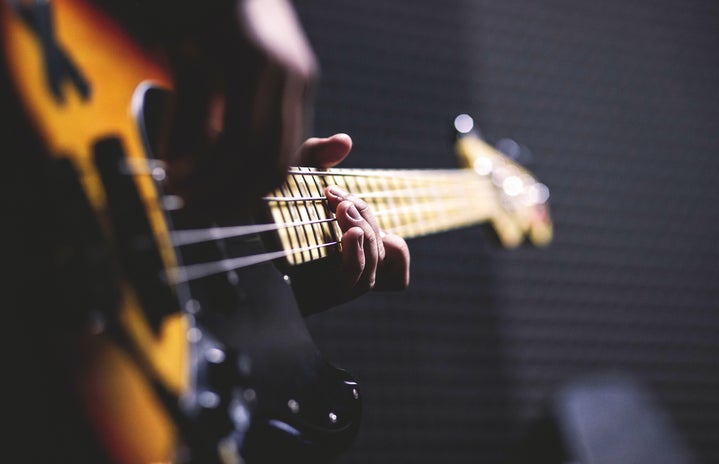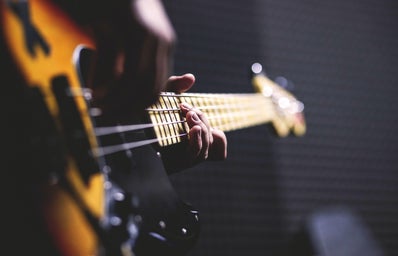For many people, an essential item on their bucket list is learning how to play a musical instrument. This can be accomplished in many different ways, shapes, and forms. A person could take official lessons or learn from online tutorials. They could choose to learn any number of a seemingly endless variety of instruments, from piccolos to tubas and beyond. They could choose for their musical escapades to be an entirely personal affair or involve performances for friends, family, acquaintances, and more. Learning music is a unique experience for each individual, and will have a different impact on each person. One of the few commonalities that many people experience, however, is learning how to read music.
No matter what you want to do with music, the first step is generally learning how to read the music that you are interested in playing. To make matters confusing, there are various styles in which music is written. Some of these are even fairly exclusive to one type of instrument, such as guitar tabs. Of course, you’ll want to learn the notation that will be used with your chosen instrument. A good starting place, however, would be to learn standard notation.
As the name implies, standard notation is used to write music for many instruments, so chances are that you’ll encounter pieces written in this style. Often, this includes instruments that have their own styles of notation as well, such as the aforementioned guitar. Standard notation is also fairly easy to pick up, despite the fact that it’s not the most intuitive system. In any case, it’s worth knowing the basics if you have an interest in learning music.
The first thing to know about standard notation is that it is written on a staff consisting of five lines and four spaces, as shown below:
Pretty straightforward. The lines and spaces indicate what note to play, which are named for the first seven letters of the alphabet (a, b, c, d, e, f, g). Higher than “g”, the notes repeat back to “a” and follow the same alphabetic pattern, just at a higher pitch. The same is true below “a”, where the next note in descending order is another “g” at a lower pitch. Different instruments will play at different ranges of pitches, so the staff needs an additional component to indicate at what pitch the notes should be played. This is solved by the addition of symbols known as clefs.
While there are several clefs in music, the two most commonly seen are the Treble and Bass clef. The Treble clef identifies the second line from the bottom as a “g” by circling it, and all the other notes fill in around it:
As can be expected, people have developed tricks to remember where notes are located with respect to the staff and clef. Remembering the space notes is very easy: from bottom to top they spell out “face”. The notes on the lines are a bit trickier, though easy enough if you establish a memorable acronym. For whatever reason, the acronym that I learned was “Elvis’s guitar broke down Friday”. If you come up with a better one, feel free to use it instead.
Rather than identifying another “g”, the Bass clef sets the fourth line to be an “f” by both starting its curve from this line and trapping it between two dots:
Acronyms are key for remembering the notes on the Bass Clef. For the spaces, “all cows eat grass” is commonly used. I haven’t really found an acronym that I’m happy with for the lines, but “good burritos don’t fall apart” could probably work if nothing else comes to mind.
Unfortunately, not all the notes that you’ll want to play are generally contained just within the staff. What are we to do when the note you want to play is above or below? Why, add the lines that you need, of course!
Ledger lines, to give them their proper name, place the notes that don’t fall on the staff. There is no limit to the amount of ledger lines that can be used, though people tend not to like to count more than three of them at a time.
You may have noticed in the last image that there is a “c” one ledger line below the Treble clef staff and one ledger line above the Bass clef staff. Both of these, conveniently enough, are at the same pitch and are, indeed, the exact same note. Known as Middle C, this note effectively relates the Treble clef staff to the Bass clef staff, allowing instruments with extensive range to use a combination of the two, known as the Grand Staff.
So, there you have a quick introduction to reading notes in standard notation. There are many more components to reading music, but getting the notes down is an excellent start to a fulfilling experience. Whatever you choose to do with your music, enjoy the process and have fun playing!


